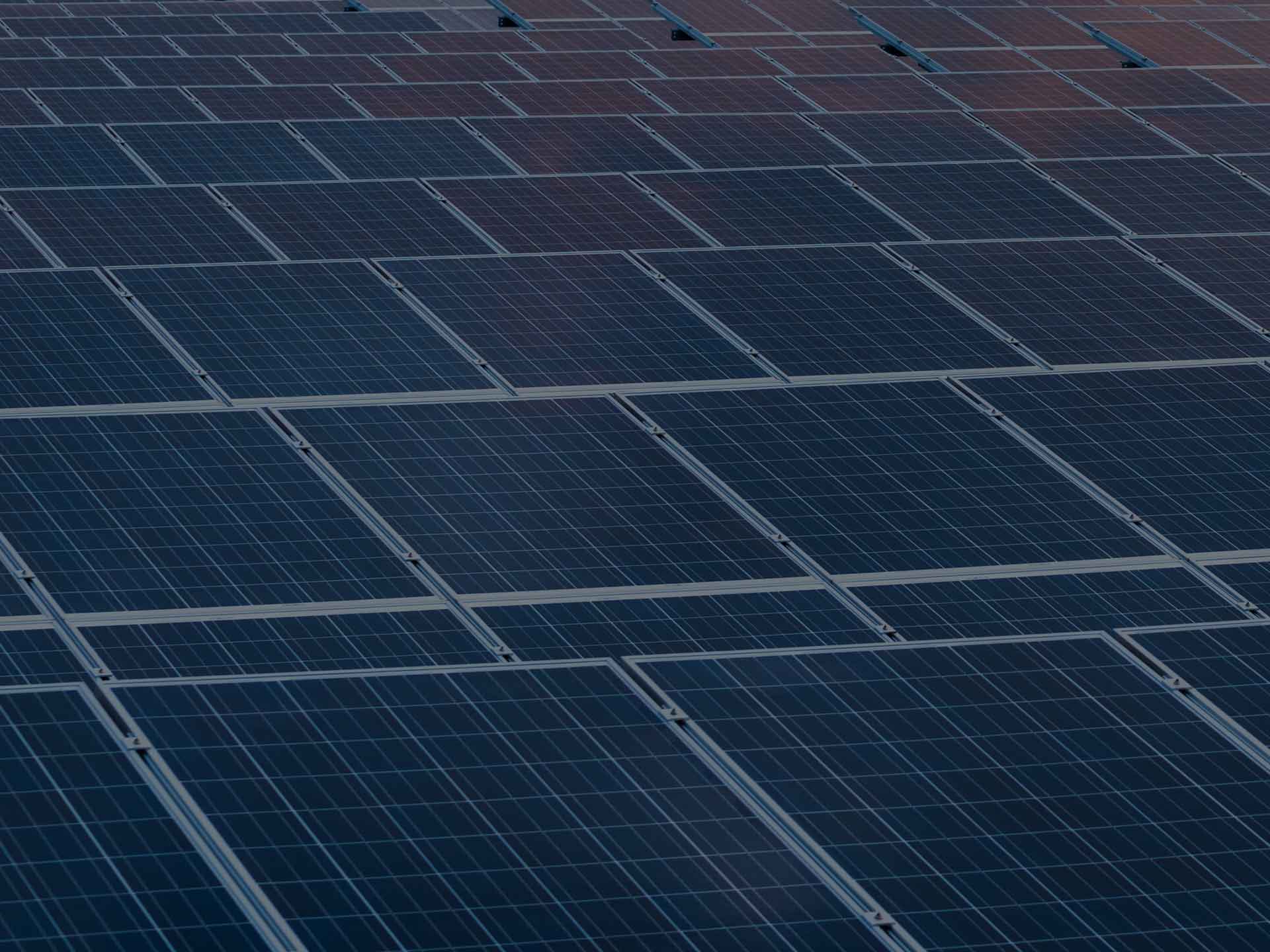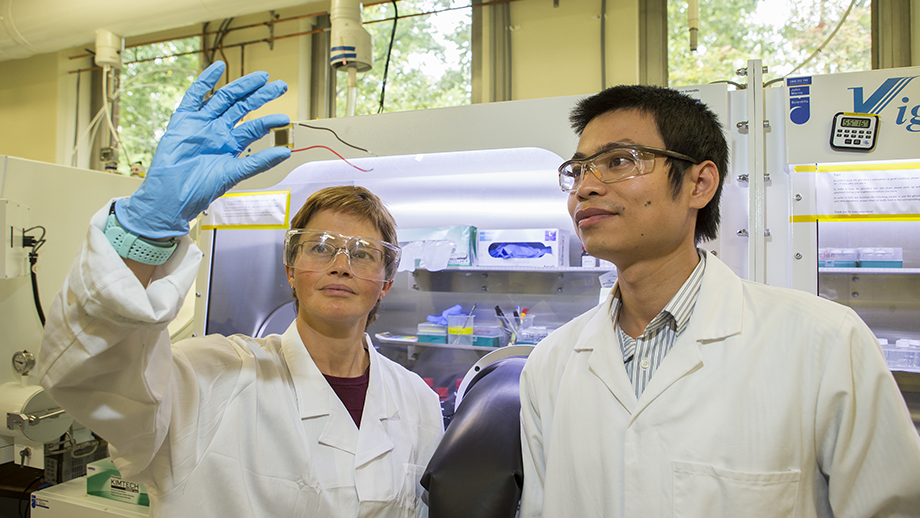Summary
This project aims to develop machine learning algorithms to manufacture solar cells cheaper and with less manufacturer faults.
Key results
UNSW research identified and classified PV panel faults and degradation through luminescence images and machine learning based methods. Knowing the degradation rate and future faults allows corrective actions which can reduce the number of underperforming PV modules. Machine learning algorithms are being tested using Jinko Solar production line data. The research allows faster tools for production, potentially leading to automated fault classification, therefore making solar modules superior and reducing PV cost.
Need
Reducing the cost of solar photovoltaic (PV) energy is important to realise its potential as a major energy source. It is estimated that around 20% of modules installed in Australia will under-perform, making financing PV systems risky and ultimately hurting Australian consumers. This project will develop ways to identify faulty modules earlier, to reduce risk and lower the cost of PV power-plants.
Learn more
Action
This project will develop methods to sort cells using machine learning and luminescence images. The training will be based on more than 1 million solar cell luminescence images and associated electrical parameters. Labelled datasets will be created and luminescence images of various module types will be acquired. The modules will then be exposed to fast degradation processes to accelerate various types of degradation. Luminescence images will be taken during the degradation process. This will create a database of images, labelled with the extent of the degradation. The UNSW research team will train the algorithm to predict the degradation extent when the initial images are provided as the input.
Outcome
Using innovative combinations of luminescence-based imaging and machine learning, this project aims to develop novel in-line characterisation tools for cells and modules. In doing so, this will reduce the cost of PV systems by delivering two key technological outcomes:
- Replacing the standard current-voltage sorting process with faster and cheaper luminescence imaging. Sorting by luminescence imaging requires lower upfront investment and significantly lower operations and maintenance costs
- Extending the durability and reliability of PV modules by early-detection of degradation processes. This will significantly improve the durability and reliability of PV systems.
Additional impact
The partnership with BT Imaging will allow the developed methods to be integrated in characterisation tools that are manufactured in Australia. Australia is well placed to add significant value in specialised inspection tools and services. This project will enhance activities in this area, boosting economic development in Australia.






